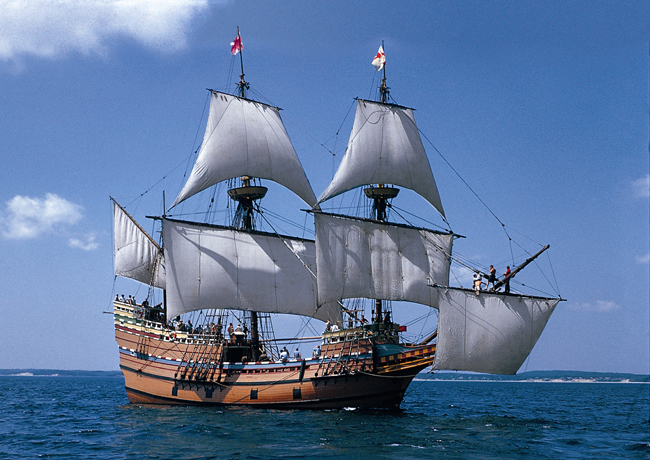The utopian socialist thinkers did not use the term utopian to refer to their ideas. Karl Marx and Friedrich Engels referred to all socialist ideas that were simply a vision and distant goal for society as utopian. Utopian socialists were likened to scientists who drew up elaborate designs and concepts for creating what socialists considered a more equal society. They were contrasted by scientific socialists, likened to engineers, who were defined as having an integrated conception of the goal, the means to produce it, and an understanding of the way that those means would inevitably be produced through examining social and economic phenomena.
Utopian socialists never actually used this name to describe themselves; the term "Utopian socialism" was introduced by Karl Marx and Friedrich Engels in The Communist Manifesto in 1848. The Communist Manifesto was first published in London, and put forth ideas of equality throughout the world.
New Lanark is an early example of real life Utopian Socialism, bringing many of Marx's ideas to life. Though living conditions were no better than elsewhere in England at the time, the city was able to maintain itself into the current day.
Syndicalism is a type of economic system proposed as a replacement for capitalism, which proposes that industries be organised into confederations or syndicates. It is a form of communism and economic corporatism that advocates interest aggregation of multiple non-competitive categorised units composed of specialists and representatives of workers in each respective field to negotiate and manage an economy. Syndicalism is an offshoot of Utopian Socialism that planned to organize industry into small groups of workers, such as 1920s Russia.
Friedrich Engels was a German social scientist, author, political theorist, philosopher, and father of Marxist theory, alongside Karl Marx. In 1845 he published The Condition of the Working Class in England, based on personal observations and research. In 1848 he co-authored The Communist Manifesto with Karl Marx, and later he supported Marx financially to do research and write Das Kapital. After Marx's death, Engels edited the second and third volumes. Additionally, Engels organized Marx's notes on the "Theories of Surplus Value" and this was later published as the "fourth volume" of Capital.
La Réunion was a socialist utopian community formed in 1855 by French, Belgian, and Swiss colonists near the forks of the Trinity River in Texas, USA. The Reunion Tower in downtown Dallas is about three miles east of the colony site. The founders of the community were inspired by the utopian thought of the French philosopher François Marie Charles Fourier. Followers of Fourier established 29 similar colonies in various parts of the United States during the 19th century.
http://www.historyguide.org/intellect/marx.html
http://books.google.com/books/about/The_Communist_Manifesto.html?id=lhczngEACAAJ
Bell, Colin and Rose (1972) City Fathers: The Early History of Town Planning in Britain.
http://www.diarioliberdade.org/archivos/Colaboradores_medios/sturtds/2013-06/engels.jpg
http://freepages.history.rootsweb.ancestry.com/~jwheat/santerre38.jpg
http://freepages.history.rootsweb.ancestry.com/~jwheat/santerre38.jpg
